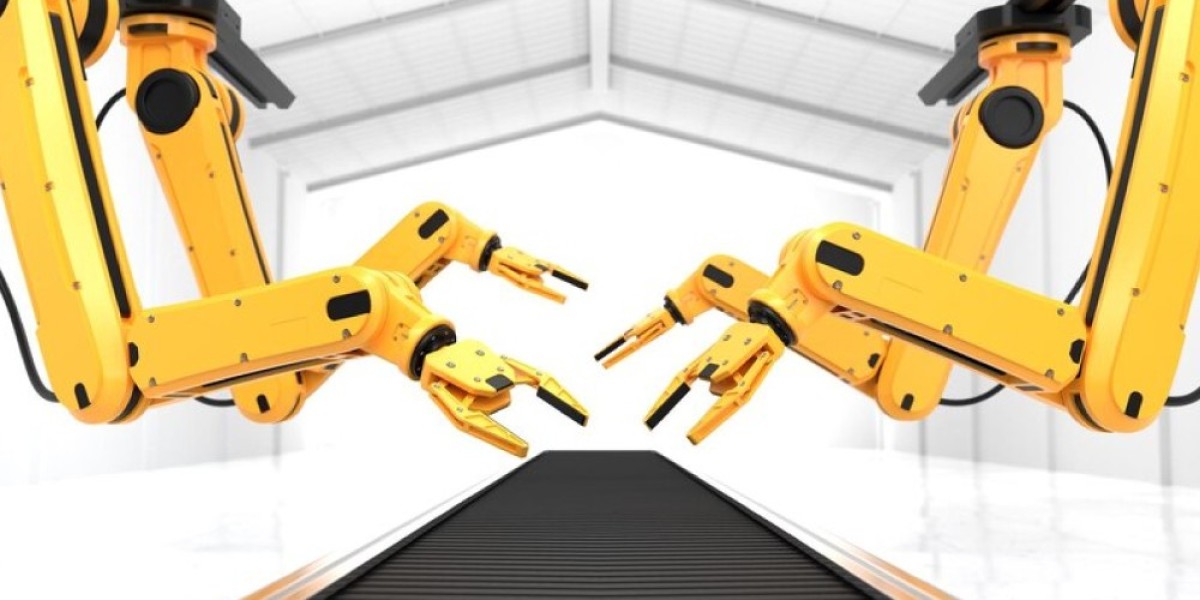As Per Market Research Future, centrifugal and vertical turbine pumps are key technologies in the fire pump market, offering efficient solutions for firefighting applications. Centrifugal pumps are widely used for their ability to deliver high flow rates, while vertical turbine pumps are preferred for their space-saving design and capability to draw water from deep sources. The increasing demand for reliable and effective firefighting systems is driving the adoption of these pump types across various sectors, ensuring optimal performance during emergencies.
The fire pump market has emerged as a critical component of safety and infrastructure in both industrial and commercial sectors. Fire pumps are essential devices in fire protection systems, ensuring adequate water pressure and flow to extinguish fires effectively. With increasing urbanization, industrialization, and stringent fire safety regulations, the demand for advanced fire pump systems continues to grow. The market encompasses various types of fire pumps, including centrifugal pumps, vertical turbine pumps, and diesel-driven pumps, catering to diverse applications across commercial buildings, manufacturing facilities, oil & gas installations, and municipal fire protection systems.
Market Drivers
Several factors drive the growth of the fire pump market. Rising awareness regarding fire safety and compliance with global standards, such as NFPA (National Fire Protection Association) codes, compels industries and commercial establishments to adopt robust fire pump systems. Urbanization and the proliferation of high-rise buildings further accentuate the need for reliable fire suppression mechanisms. Technological advancements have led to pumps that are more energy-efficient, durable, and capable of operating under challenging conditions. Furthermore, industrial sectors, particularly oil & gas, chemicals, and power generation, demand specialized fire pump systems capable of handling large volumes of water and high-pressure operations.
Government regulations and insurance requirements also play a pivotal role in shaping the market. Compliance with fire safety codes is mandatory in many regions, making fire pumps an essential investment. Additionally, growing investments in infrastructure projects globally are contributing to the increased deployment of fire pump systems. Regions such as North America, Europe, and Asia-Pacific are witnessing substantial market growth due to a combination of regulatory enforcement, industrial expansion, and rising safety consciousness among building owners and operators.
Technological Innovations
Innovation in fire pump technology has significantly enhanced the efficiency, reliability, and operational lifespan of these systems. Modern pumps are equipped with smart controllers, automatic pressure sensors, and remote monitoring capabilities, allowing for seamless operation and maintenance. Variable speed pumps are increasingly used to optimize energy consumption while maintaining required performance. Diesel-driven fire pumps offer advantages in areas with unreliable power supply, ensuring consistent operation during emergencies.
Integration with building management systems (BMS) has enabled real-time monitoring of fire pump performance, predictive maintenance, and quick response during emergencies. Additionally, advanced materials and corrosion-resistant designs improve pump durability and performance under harsh environmental conditions. Companies are also developing modular pump systems that can be easily scaled according to application requirements, making them suitable for both small commercial buildings and large industrial complexes.
Market Segmentation
The fire pump market can be segmented based on type, application, and region. By type, the market includes centrifugal pumps, vertical turbine pumps, diesel-driven pumps, and end-suction pumps. Centrifugal pumps dominate the market due to their efficiency and adaptability to various fire suppression systems. Diesel-driven pumps are critical in regions prone to power outages, ensuring reliable fire protection. Vertical turbine pumps are preferred in large industrial applications, including water treatment plants and refineries.
By application, fire pumps are extensively used in commercial buildings, industrial facilities, municipal fire departments, and oil & gas installations. Commercial applications include office buildings, hospitals, and shopping malls, which require reliable fire protection systems. Industrial facilities, such as chemical plants, refineries, and power generation plants, require specialized pumps capable of handling high-pressure and high-volume water flow. Municipal applications involve fire hydrant systems and water distribution networks, while oil & gas installations demand robust, explosion-proof pump designs.
Competitive Landscape
The fire pump market is highly competitive, with key manufacturers focusing on technological advancement, product quality, and regulatory compliance. Companies are investing in R&D to develop energy-efficient pumps, enhance automation, and improve reliability under extreme conditions. Strategic partnerships, acquisitions, and global expansions are common approaches to strengthen market presence. Additionally, manufacturers are emphasizing after-sales service and maintenance support, which are critical for ensuring the long-term functionality of fire pumps in high-risk environments.
Future Outlook
The fire pump market is poised for significant growth as urbanization, industrialization, and fire safety awareness continue to increase globally. Advancements in smart monitoring, energy-efficient technologies, and robust pump designs will drive market expansion. Emerging trends such as modular pump systems and predictive maintenance solutions are expected to gain traction, enhancing operational efficiency and reducing lifecycle costs. With growing emphasis on safety standards and regulatory compliance, the fire pump market will remain a key segment in global safety infrastructure development.
FAQs
Q1: What types of fire pumps are most widely used?
A1: Centrifugal pumps, diesel-driven pumps, vertical turbine pumps, and end-suction pumps are commonly used depending on application and water flow requirements.
Q2: Which industries require specialized fire pump systems?
A2: Oil & gas, chemical plants, power generation facilities, and large industrial complexes require specialized pumps for high-pressure, high-volume operations.
Q3: How is technology impacting the fire pump market?
A3: Smart controllers, remote monitoring, predictive maintenance, and energy-efficient designs are improving performance, reliability, and operational efficiency.
More Related Reports:
Reverse Vending Machine Market Share








